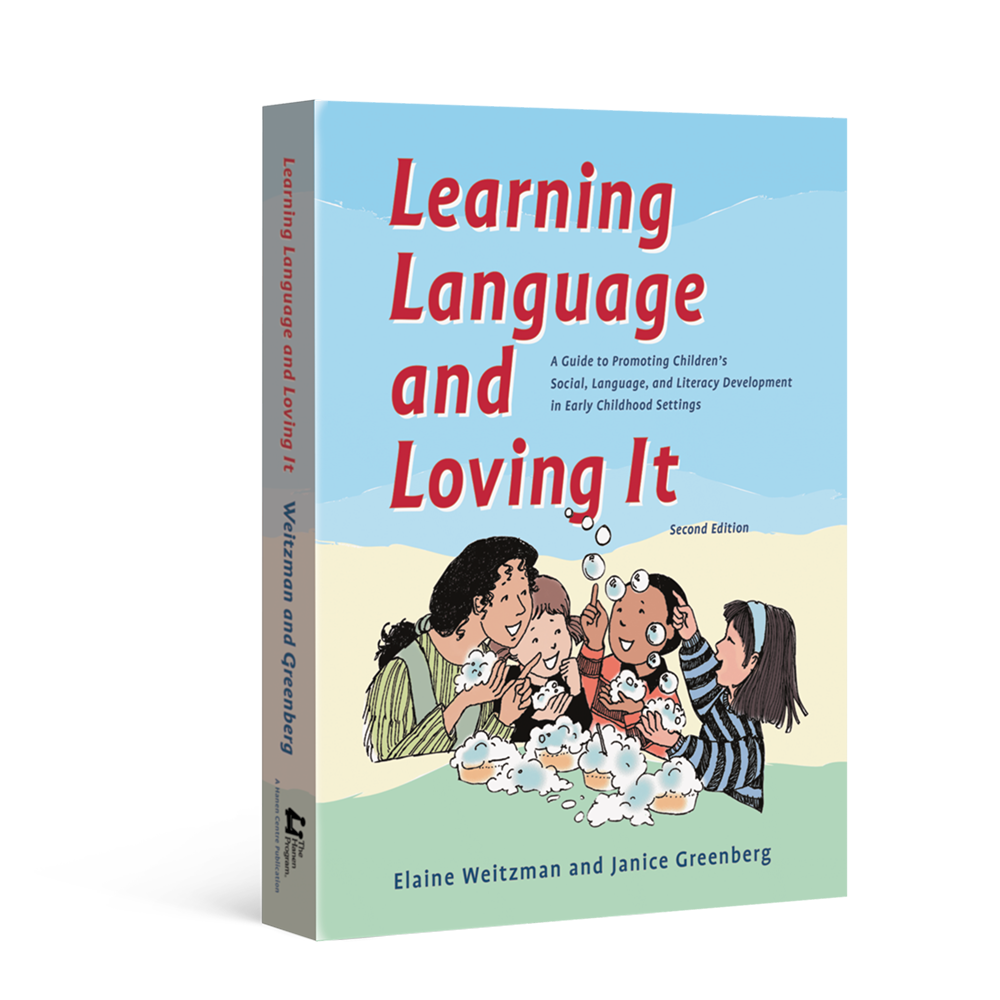About
The needs of children in early childhood settings can be very diverse. When a child is quieter or harder to engage, they can sometimes be left out of interactions, limiting their opportunities to build early social, language and literacy skills.
Studies show not only that children learn best through interaction, but that the quality of the interaction is even more important than the quantity. At a Learning Language and Loving It Program, you learn evidence-based strategies for engaging all children in the kinds of rich interactions that help them learn best. This includes children with or at risk of language delay, as well as second language learners. You’ll learn about the different stages and styles of communication, and how you can become more responsive to the individual needs of children while connecting and having fun.
Learning Language and Loving It shows you how to:
- Promote every child’s language, social and literacy skills using natural everyday activities, routines and play.
- Become attuned to children’s interests so you can follow their lead, which is known to foster language development.
- Adjust the way you talk to help children develop more advanced language skills.
- Promote peer interaction.
- Facilitate language-learning in pretend play.

